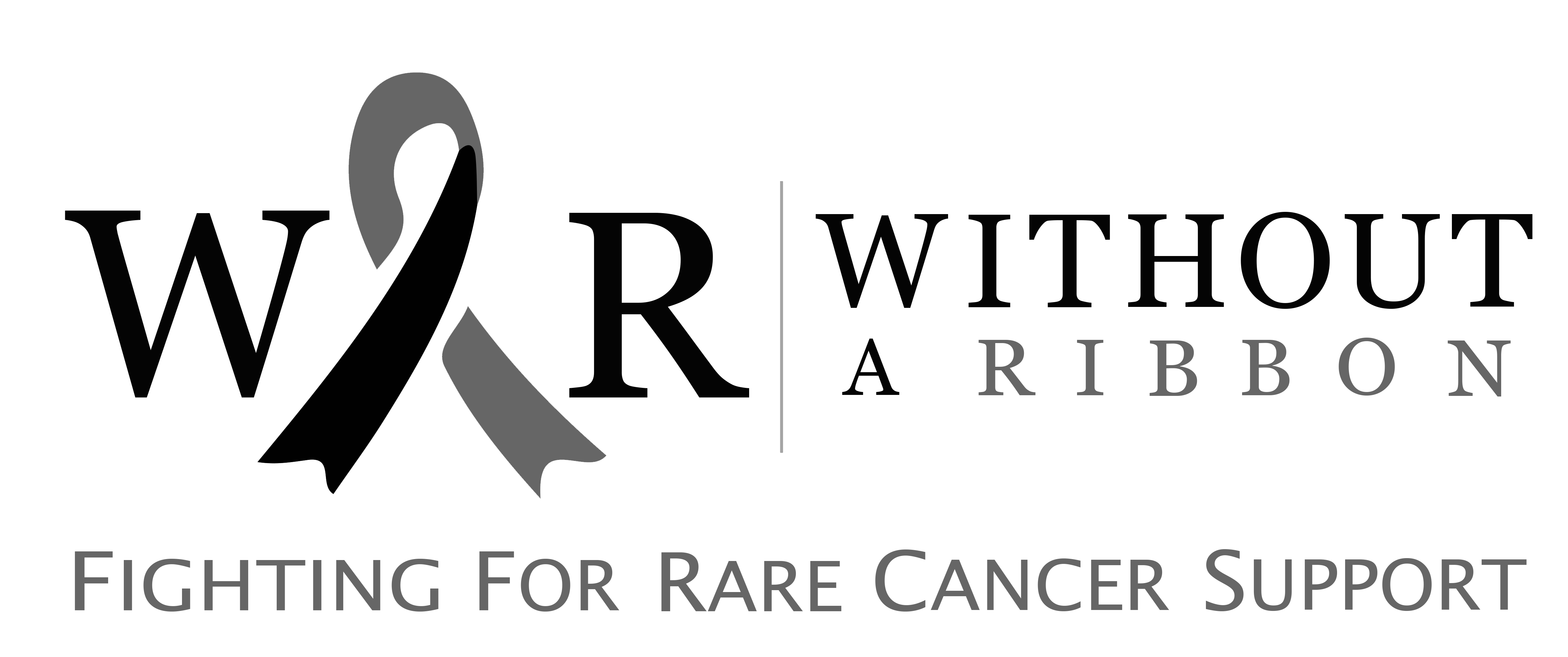What is Pleomorphic Xanthoastrocytoma (PXA) of the Brain?
Pleomorphic Xanthoastrocytoma of the Brain is a rare, typically slow-growing brain tumour that primarily affects children and young adults, with the average age at diagnosis being 12 years. It originates from astrocytes—cells in the brain that support nerve cells—and usually develops in the upper regions of the brain, known as the cerebral hemispheres. Although generally benign, PXAs can occasionally become more aggressive.
Causes
The exact cause of PXA is not well understood. However, genetic mutations, particularly the BRAFV600E mutation, have been linked to the development of these tumours. In some cases, mutations in the TERT promoter gene have been associated with a lower survival rate.
Signs and Symptoms
Common symptoms of PXA include:
- Seizures: Experienced by approximately 70% of individuals with PXA.
- Headaches: Resulting from increased pressure within the brain due to the tumour.
- Hemiparesis: Weakness on one side of the body.
- Behavioral Changes: Such as confusion or mood alterations.
Diagnosis
To diagnose PXA, doctors may use several methods:
- Physical Examination: Assessing neurological function and symptoms.
- Imaging Tests: CT scans or MRIs to determine the tumour’s location, size, and extent.
- EEG (Electroencephalogram): Detecting abnormal brain activity, especially if seizures are present.
- Biopsy: Removing a small sample of the tumour tissue to confirm the diagnosis and determine the tumour type.
Treatment
The primary treatment for PXA is surgical removal of the tumour. If the tumour recurs or cannot be completely removed, radiation therapy may be considered. In some instances, targeted therapies, such as BRAF inhibitors, have been used, especially in tumours with specific genetic mutations.
Treatment typically involves a multidisciplinary team, including neurosurgeons, neuro-oncologists, and radiation specialists, to provide comprehensive care. Molecular testing of the tumour can also guide treatment decisions and help identify the most effective therapy options.
You can help us with your donation:
Without a Ribbon is a charity that works hard to aid those who suffer from rare cancers. You can help our cause in a variety of ways:

